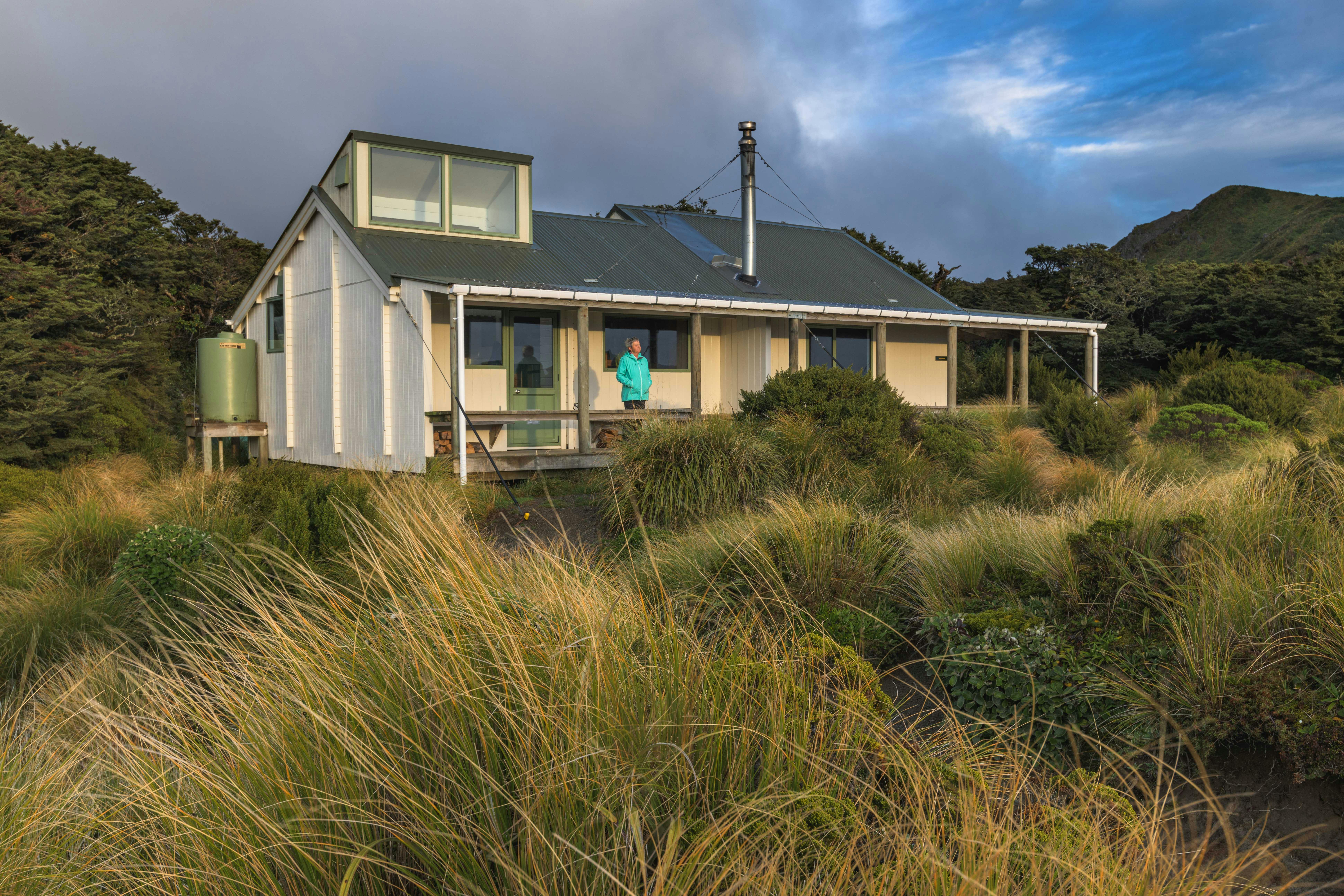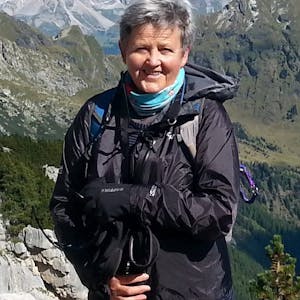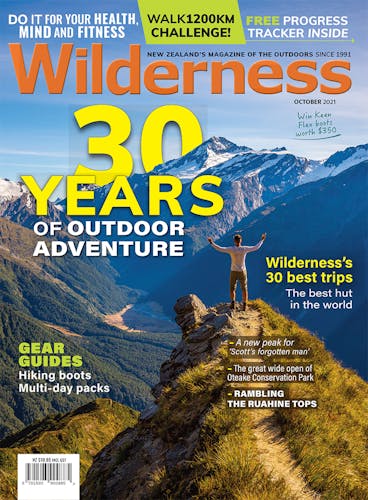The popular Sunrise Hut and Sunrise Track have received major upgrades. When Kathy Ombler went for a look she recalled past trips that reminded her why front country facilities are so important.
Sunrise Hut sits on the bushline, about three gently-graded hours through forests that change as you climb. The hut nestles in a tussock basin; a snug portal between sheltered trees and sometimes stormy tops. It’s where people go for the views, especially of the sunrise.
But as so often happens, the day my daughter and I plodded up to the bushline, we found ourselves totally clagged in. For little legs, it had been a long, hard hike. Even with many snack stops.
Sorry about the view, darling. I apologised to the nine-year-old for the dank cloud that covered absolutely everything.
But Mum it’s all white and misty, it’s really pretty, we can play fairies, she replied. Exhaustion was quickly forgotten and her enchanted imagination fired up.
So we scrambled amongst the stunted, mossy trees that shelter the hut like a tangled woody cloak, and we played fairies. And when the ever-dampening mist finally forced us indoors, she suggested we play dress-ups. But we’ve only got a few spare clothes with us, protested oh-so negative Mum. Turns out we did have some old long johns with one leg torn from the knee, a big checked handkerchief, somehow an eye patch was created, and lo, a pirate appeared in the hut. I should say we had the hut to ourselves; this was back when both hut and flash zig-zag track were relatively new and their charms yet to be widely discovered.
Of course, we had bacon and eggs for breakfast after a long lie-in reading in our sleeping bags, and later we bounced down that no-longer tiresome hill; her with happy memories of a first overnight stay in a hut.
The weather was better for my next Sunrise Hut foray, a day trip this time. Bron and I stopped in for a brew on our way to the tops, our aim being Te Atuaoparapara, the 1687m peak above the hut. The easy access offered by the Sunrise Track makes this a feasible day trip and creates opportunities for multi-day routes on the main Ruahine Range.
In the hut were four laughing Hawke’s Bay women having a ‘night off’ they said, though the wine appearing from their packs indicated the opposite.
A mother and her five-year-old daughter arrived. Well done, said proud Mum to beaming daughter, here’s a lolly for you, and she handed over one barley sugar. Bron and I moved on, Hughie stayed happy and we explored tarns, herb fields and scree slopes as we climbed Te Atuaoparapara.
On other day trips, we needed the hut’s shelter. While Napier might have been dead calm, up at the bushline the nor’wester would be screaming. Sometimes we wouldn’t even risk the 20-minute walk to Armstrong Saddle, given the sheer slips carving off the narrow ridge leading to the saddle. One could feel for pilot Hamish Armstrong, who crashed his Gypsy Moth up there in 1935. They found the wreckage on the saddle, since named for him. Armstrong himself was never found.
You don’t have to go all the way up Sunrise Track for an adventure. On many hot summer days, joined by friends, kids and once an entire primary school class, we would venture part way up the track then descend a steep side track to the Waipawa River and Waipawa Forks Hut. From here it was all fun; rock hopping and splashing an hour or so down the river to the road end, 2km from the car park. A DOC education resource now covers the science, ecology and history features of this little circuit.
Back in the 1990s, one tramping friend scorned the ‘new’ Sunrise Track, with its “boring benching and long tedious zig-zags”. Instead, she would scramble up the old steep, muddy, tree-rooted route. I wouldn’t fancy taking a group of school kids that way.
Some folk also shun front country huts and their swept-up facilities. Maybe it’s the thought of sharing with first-timers and kids playing fairies and dress ups. Others simply shun huts of any kind and camp in the hills, happy in their solitude. It’s horses for courses really, but who would deny that magic, that discovery of a whole new world of adventure, when someone new to tramping stays in a hut for the first time.
In April, my friend Shaun Barnett and I spent a night at Sunrise to see the upgraded track and hut. Much of the track is now metalled, with new culverts and side drains designed to remove surface water and prevent erosion.
At dawn, stags roared as Shaun set up to capture the obligatory sunrise photograph. We’d planned to continue over Te Atuaoparapara and camp on Waipawa Saddle but the Ruahine tops were doing their stormy, clagged-in thing. Instead, we pottered, botanised and photographed around the tussocks, tarn and rocky knolls by the hut. Then we relaxed on the sunny veranda with coffee and code-cracker puzzles, and that view, before sauntering down through stunted beech trees, and then towering rimu and kahikatea festooned with vines and mosses.
Not bad for the front country.








